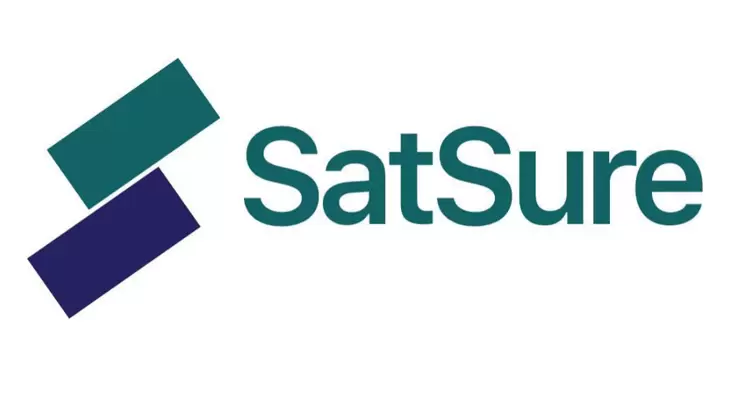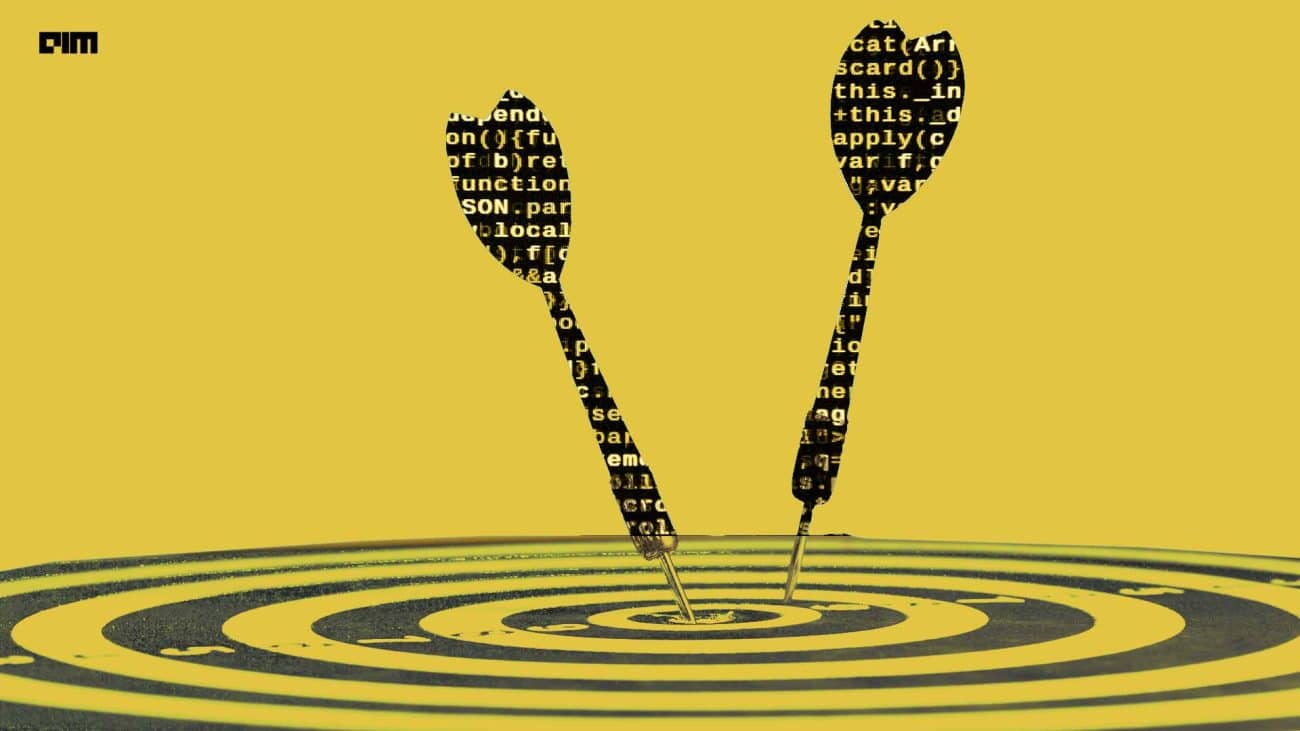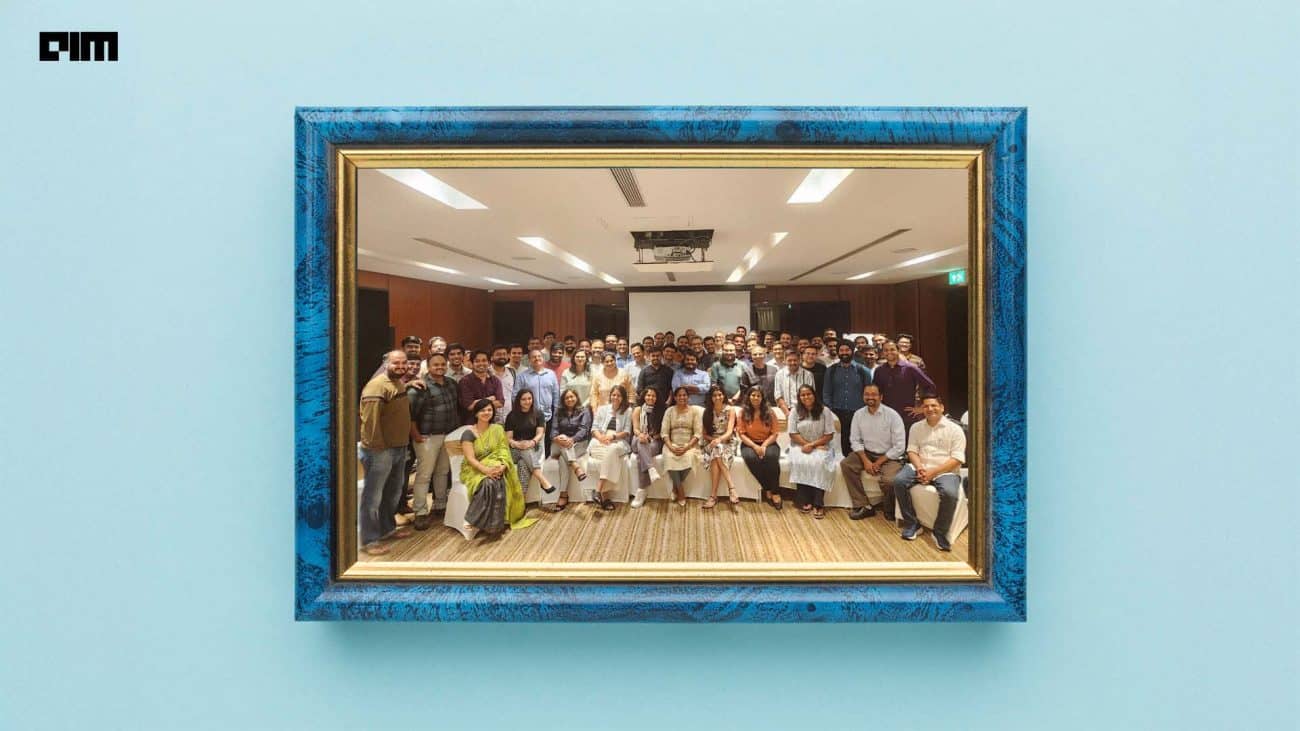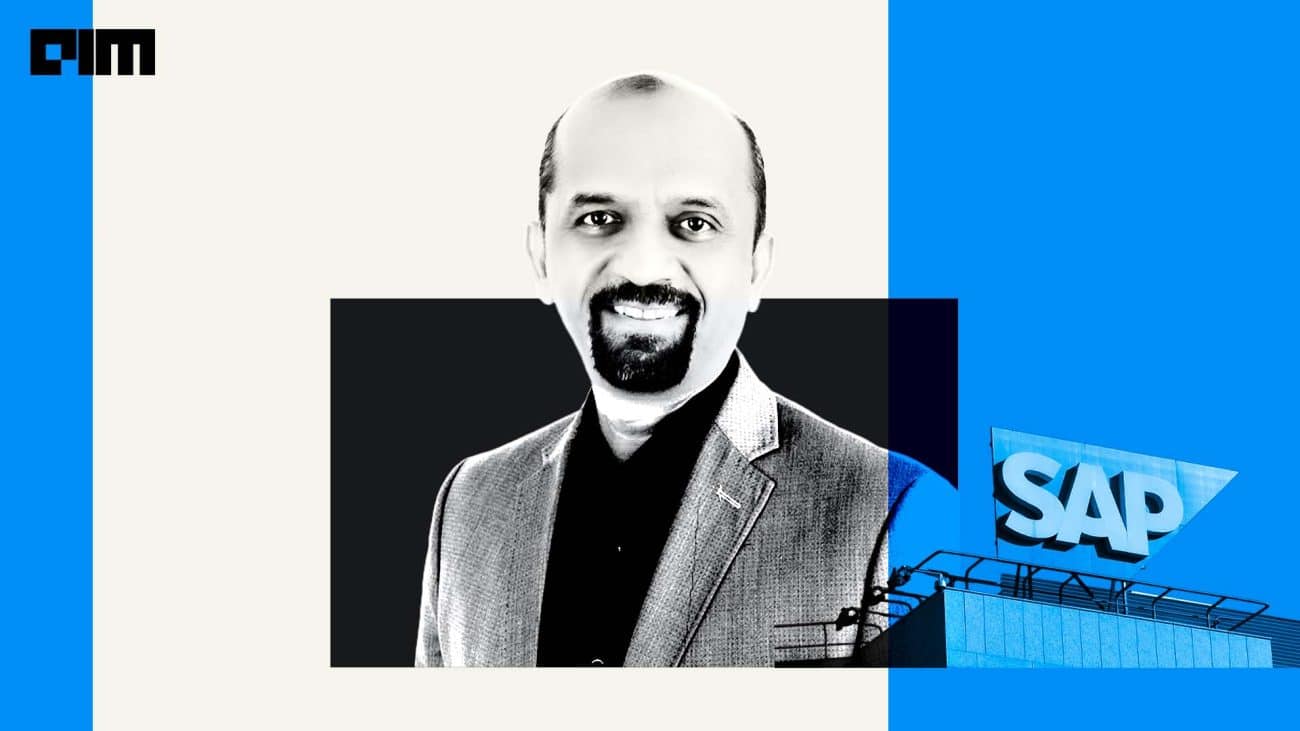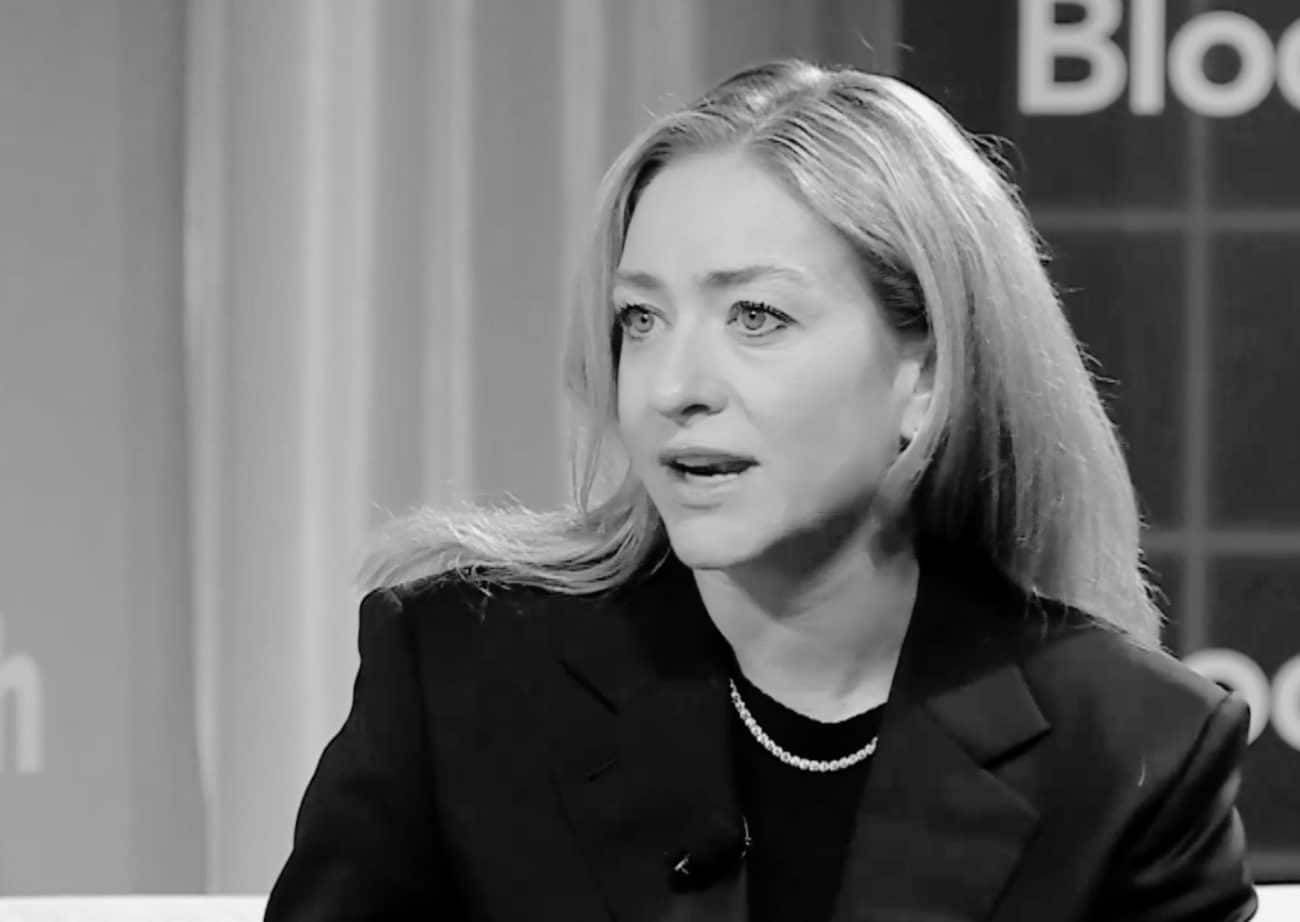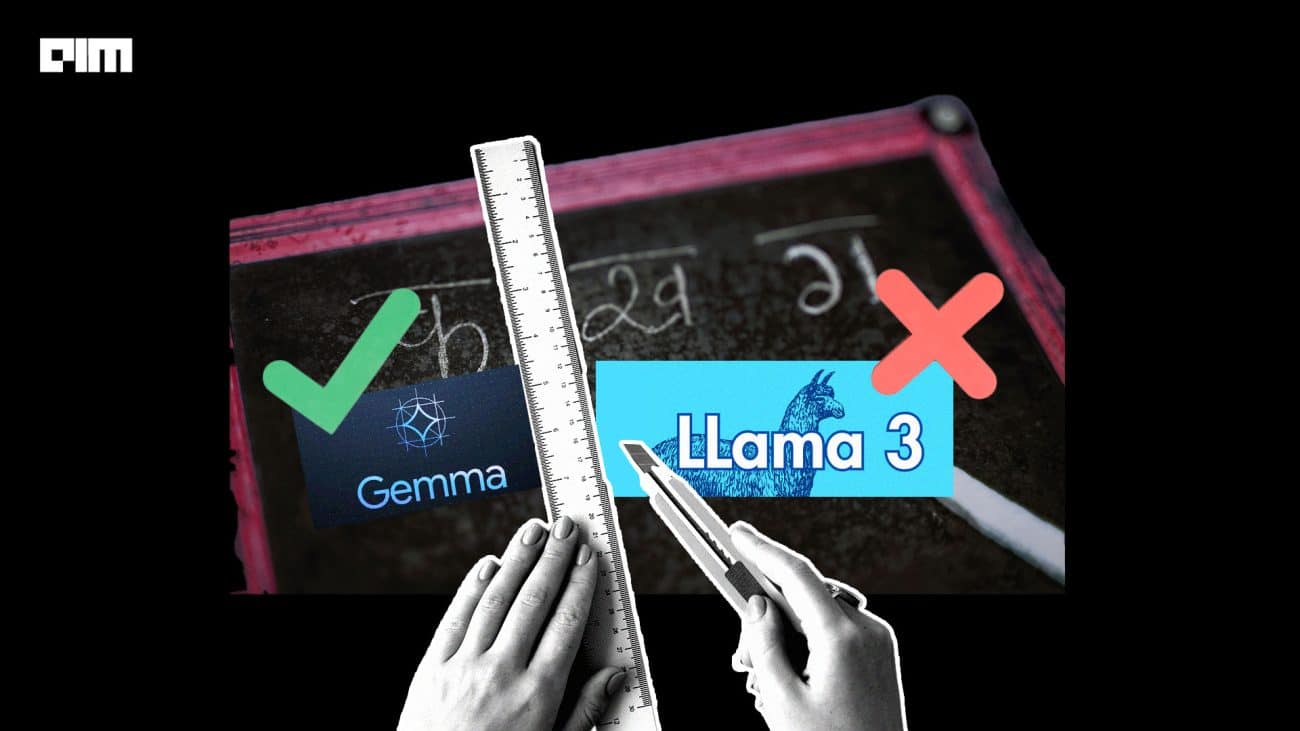|
Listen to this story
|
Spacetech start-up, SatSure has announced plans to invest $35 million to launch 4 earth imaging satellites by 2025 after the company successfully performed edge processing in space last week.
The mission of this project is to become self-sufficient and start generating its own satellite imagery rather than sourcing data from foreign European and American space agencies. The Bengaluru-based start-up offers high-resolution optical and multispectral data which serves purposes like risk management, crop insurance, agricultural applications, credit assessment and more.
In order to develop satellites, SatSure has partnered with organisations specialising in hardware development. The companies include Spiral Blye, Satellogic, SkyServe among others. The project is on schedule as the payload is ready and aerial tests are to begin. The launch is planned for November 2025.
The satellites offer almost 65 km of coverage and one-metre resolution. SatSure’s data is designed mainly to focus on national security and disaster management. It is also adaptable to various geographic regions as well.
“We have the most impact on the downstream. So that is where we are playing right now, “ said Divya Sharma, vice president of ML and data analytics. And then in two years when our supply goes up then it is a contract because we’ll be absorbing the data with our data collection platform” she said in an exclusive interview with AIM.
This bold investment initiative arrives on the scene at an opportune moment, coinciding with the surge of interest and investment in India’s burgeoning spacetech industry, catalysed by the resounding success of the Chandrayaan-3 mission. With a current valuation of $20 million, SatSure is unshackling itself from its regional roots and setting its sights on a global expansion horizon.


